Como Leer El Apocalipsis – (Spanish)
$14.99
La primera palabra de todo el libro es “Apocalipsis”, que queria decir “revelacion”. Esta palabra ha venido a ser, no solamente el titulo de este libro en particular, sino tambien, el nombre que se le da a todo un genero de literatura que resulto comun en los circulos judios unos pocos siglos antes del advenimiento de la fe cristiana.
Los cristianos adoptaron este genero para su propia literatura. El primer caso, y el que le dio nombre a todo el genero apocaliptico, fue el Apocalipsis de Juan. En general, la literatura apocaliptica se enfrenta a la cuestion del sufrimiento de los justos en manos de los injustos, y lo hace empleando un lenguaje altamente simbolico que combina un frecuente uso de la metafora con numeros que reciben significados misteriosos.
Este libro de Justo L. Gonzalez y Catherine Gunsalus Gonzalez explica con gran claridad todo el contexto historico y tambien la exegesis del libro del Apocalipsis; con gran erudicion, pero de forma muy clara y pedagogica, conectando, tambien, nuestras circunstancias semejantes a las del siglo primero. La injusticia y la idolatria todavia se pasean en nuestra sociedad y sobre la faz de la tierra. Por esas razones, resulta ser una gran bendicion el que el Apocalipsis, con sus advertencias aterradoras para quienes prefieren la comodidad y el exito antes que la fidelidad, sea parte de nuestro Nuevo Testamento.
Aqui, dos de los historiadores mas importantes, ofrecen a los lectores un comentario altamente accesible, perfecto para los lideres de estudios biblicos o el propio estudio personal.
Un estudio del libro del Apocalipsis de Juan, como guia para la fe y la practica cristiana. Se explica el libro biblico y explora su significado para vivir con fidelidad hoy.
How to Read Revelation
Justo L Gonzalez and Catherine Gunsalus Gonzalez explain with great clarity the whole historical context exegesis the book of Revelation, with great erudition, clearly, and pedagogically.
Christians adopted this genre for some of their own literature. The first case, and the one that named the entire apocalyptic genre, was the Apocalypse of John. In general, apocalyptic literature addresses the issue of the suffering of the righteous at the hands of the unjust, using highly symbolic language that combines frequent use of metaphor with numbers that receive mysterious meanings.
This book by Justo L Gonzalez and Catherine Gunsalus Gonzalez explains with great clarity the entire historical context and also th
in stock within 3-5 days of online purchase
SKU (ISBN): 9788417620929
ISBN10: 8417620923
Language: Spanish
Justo Gonzalez | Catherine Gonzalez
Binding: Trade Paper
Published: June 2021
Publisher: Editorial Vida
Related products
-
Psalms
$49.99This text introduces the book of Psalms and provides an exposition of each psalm with attention to genre, liturgical connections, societal issues, and the psalm’s place in the book of Psalms as a whole. The treatments of the psalms feature a close look at particular issues raised by the text and the encounters between the world of the psalm and the world of contemporary readers. The exposition of each psalm provides a reader’s guide to the text in conversation with relevant theological issues.
Add to cartin stock within 3-5 days of online purchase
-
Book Of Exodus
$83.00In a pioneer approach to commentary-writing, Dr. Childs gives an entirely original treatment of the book of Exodus. He first explores the text in all its forms. Then he goes beyond the text to consider later exegesis, Jewish & Christian; the use of Exodus passages in the NT; the later traditions of exegesis; and, finally, more theological reflections.
Add to cartin stock within 3-5 days of online purchase
-
NIV Compact Bible Commentary
$19.99One of the amazing distinctives of the Bible is its unity. It is in reality a book containing many books, written over centuries by all kinds of people – shepherds and kings, priests and prophets – yet it paints one big, remarkably clear picture. This cohesiveness is what makes the Bible unique.
The NIV Compact Bible Commentary explains the Bible book by book. But unlike other commentaries, it begins with the larger context – the Bible as a whole – then shows you how all its books fit into the grand picture. Instead of a verse-by-verse exposition, it unlocks the meanings of larger sections of Scripture. You’ll see how key themes, concepts, and even specific terms from earlier books of the Bible are echoed and expanded on in later books.
If you’re serious about studying the Bible, if you need a resource to prepare a Bible lesson, or if you simply want to know the Bible better, this is one commentary you should have, even if you already own several. Written by respected theologian John Sailhamer, its insights offer valuable, wide-angle perspectives on the central messages of Scripture, and its compact size makes it perfect for school, church, the workplace, and as a travel companion.
Add to cartin stock within 3-5 days of online purchase



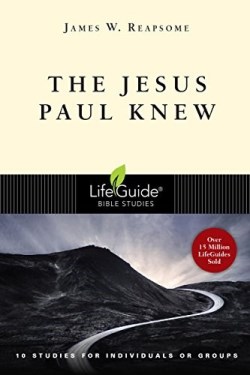
![602547485977 Secret Place [Live In South Africa]](https://ocbfbookstore.org/wp-content/uploads/2024/11/602547485977-320x480.jpg)


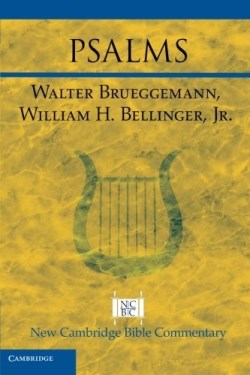
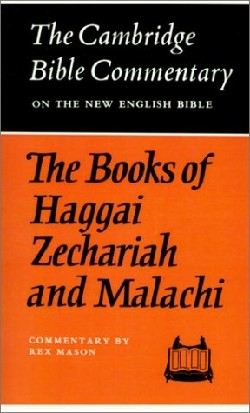

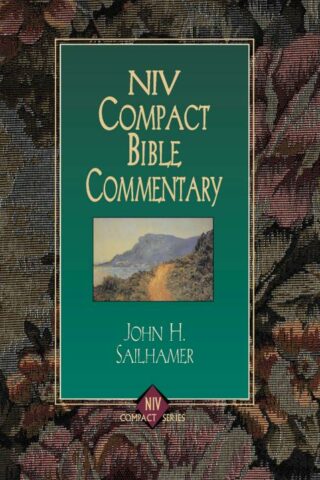
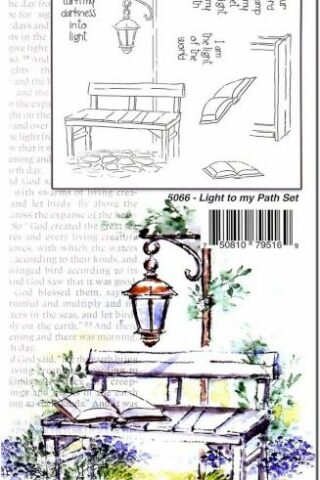




Reviews
There are no reviews yet.